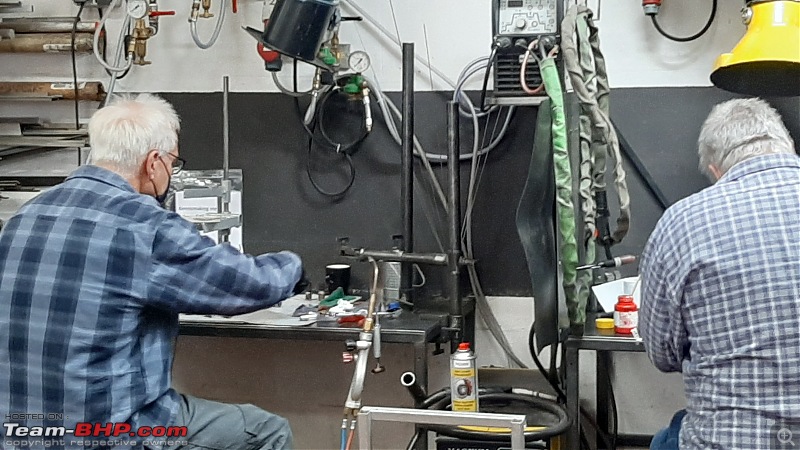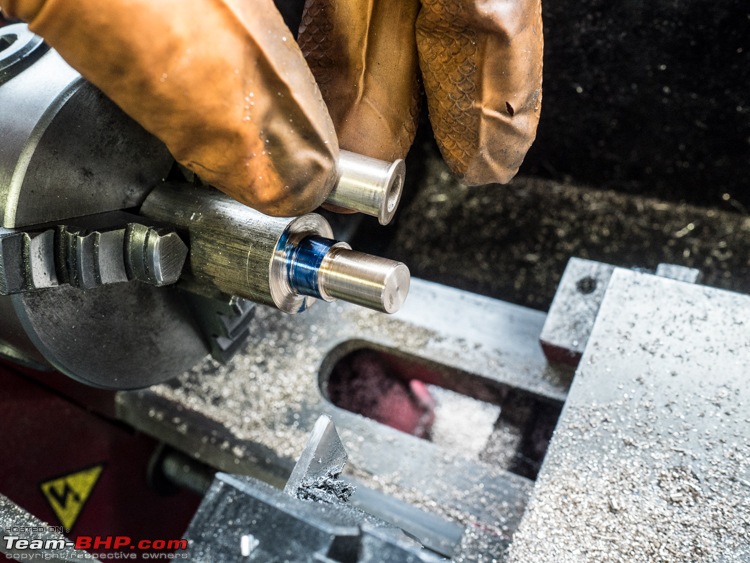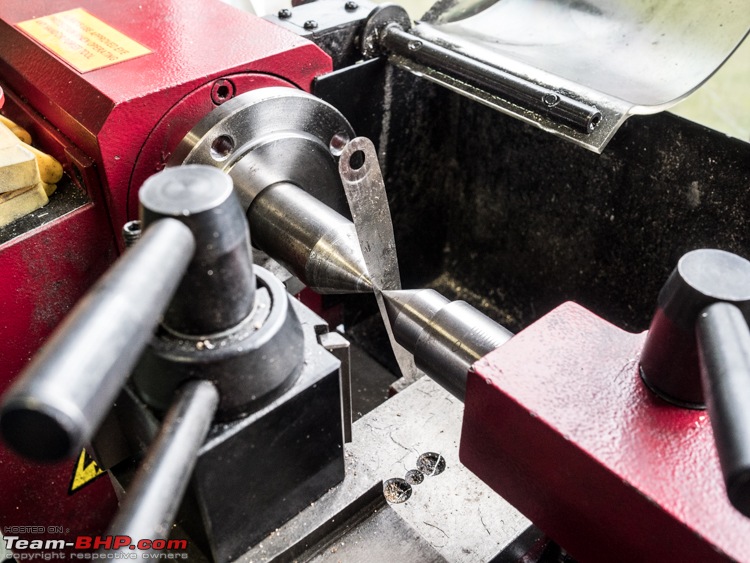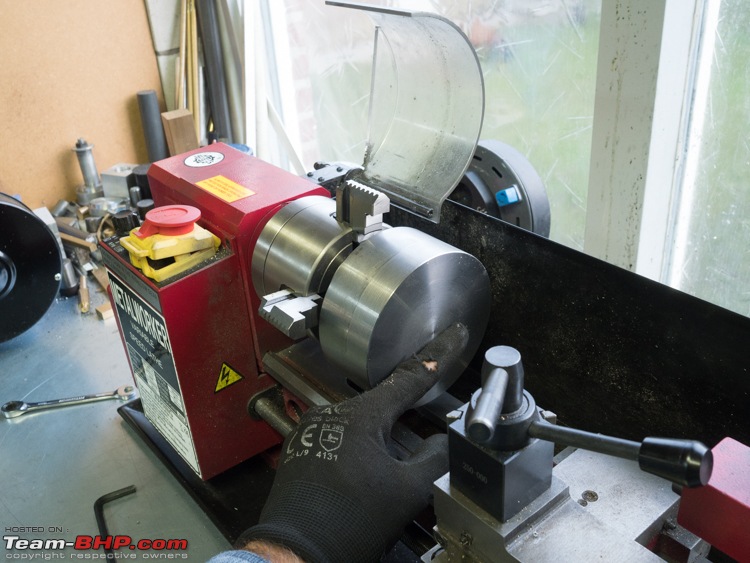| | #136 |
| Distinguished - BHPian  | |
| |  (3)
Thanks (3)
Thanks
|
| | #137 |
| Senior - BHPian Join Date: Jul 2009 Location: Calcutta
Posts: 4,665
Thanked: 6,234 Times
| |
| |  |
| | #138 |
| Distinguished - BHPian  | |
| |  (5)
Thanks (5)
Thanks
|
| | #139 |
| Distinguished - BHPian  | |
| |  (4)
Thanks (4)
Thanks
|
| | #140 |
| Distinguished - BHPian  Join Date: Jun 2007 Location: Chennai
Posts: 11,469
Thanked: 30,154 Times
| |
| |
| | #141 |
| Distinguished - BHPian  | |
| |  (1)
Thanks (1)
Thanks
|
| | #142 |
| Distinguished - BHPian  Join Date: Jun 2007 Location: Chennai
Posts: 11,469
Thanked: 30,154 Times
| |
| |
| | #143 |
| Distinguished - BHPian  | |
| |  (4)
Thanks (4)
Thanks
|
| | #144 |
| Distinguished - BHPian  Join Date: Jun 2007 Location: Chennai
Posts: 11,469
Thanked: 30,154 Times
| |
| |
| | #145 |
| Distinguished - BHPian  | |
| |  (3)
Thanks (3)
Thanks
|
| | #146 |
| Distinguished - BHPian  | |
| |  (2)
Thanks (2)
Thanks
|
| |
| | #147 |
| Distinguished - BHPian  Join Date: Jun 2007 Location: Chennai
Posts: 11,469
Thanked: 30,154 Times
| |
| |
| | #148 |
| Distinguished - BHPian  | |
| |  (3)
Thanks (3)
Thanks
|
| | #149 |
| Distinguished - BHPian  Join Date: Jun 2007 Location: Chennai
Posts: 11,469
Thanked: 30,154 Times
| |
| |
| | #150 |
| Distinguished - BHPian  | |
| |  (2)
Thanks (2)
Thanks
|
 |
Most Viewed













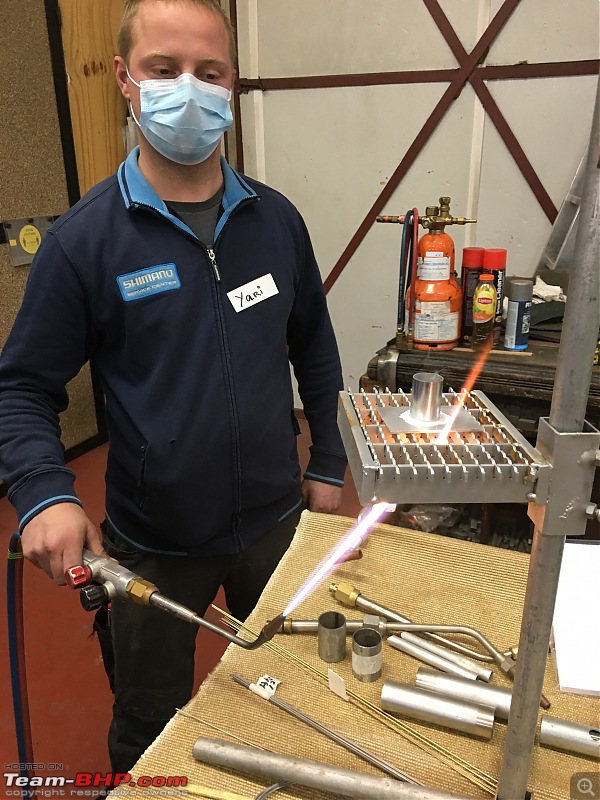
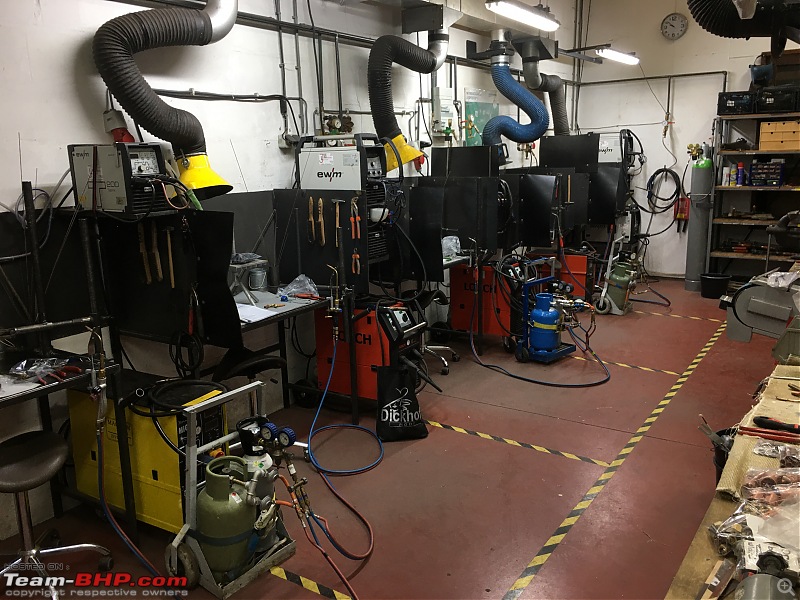

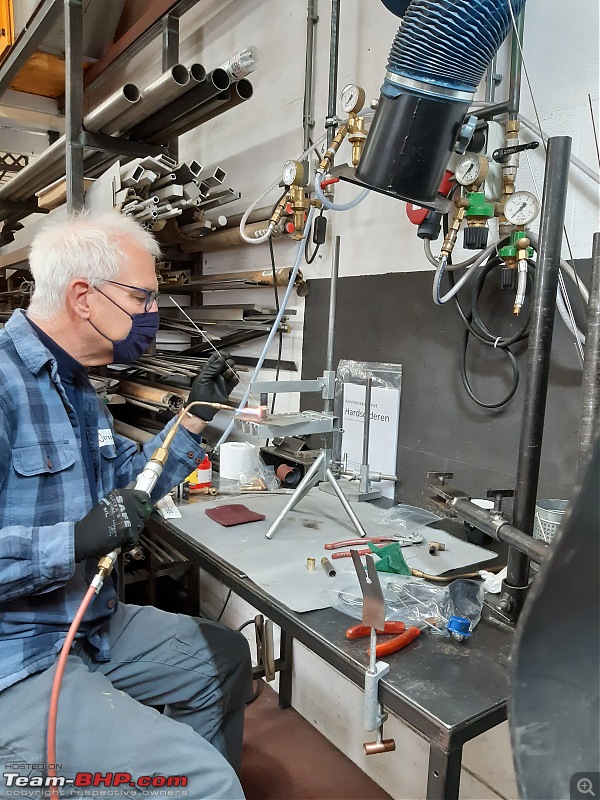




 Wow... That must take a really, really sensitive touch!
Wow... That must take a really, really sensitive touch!
